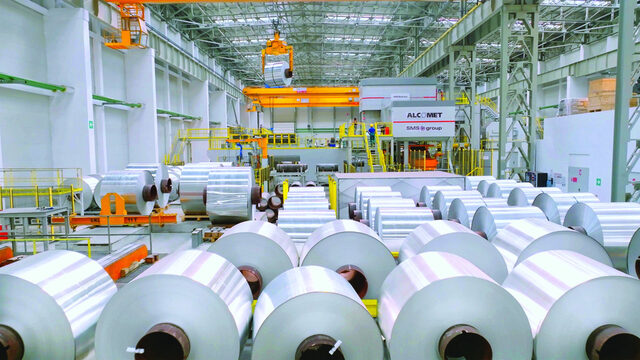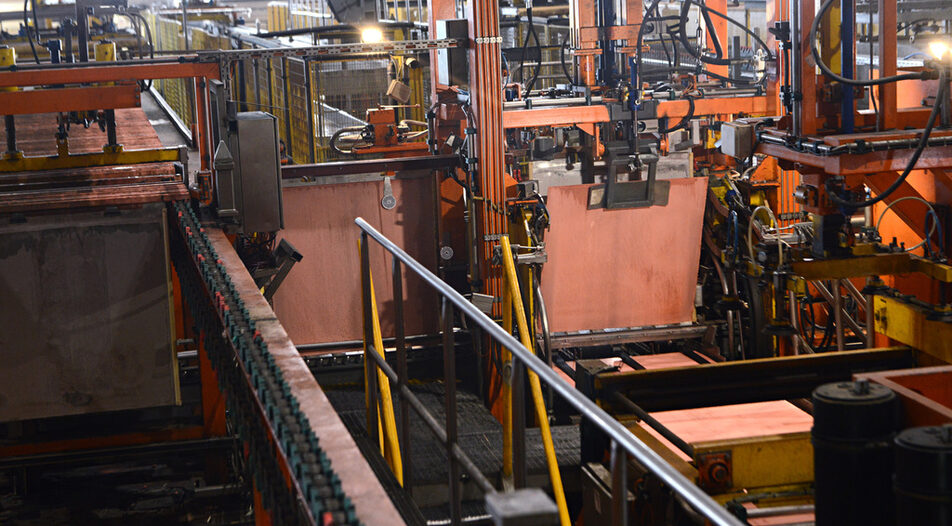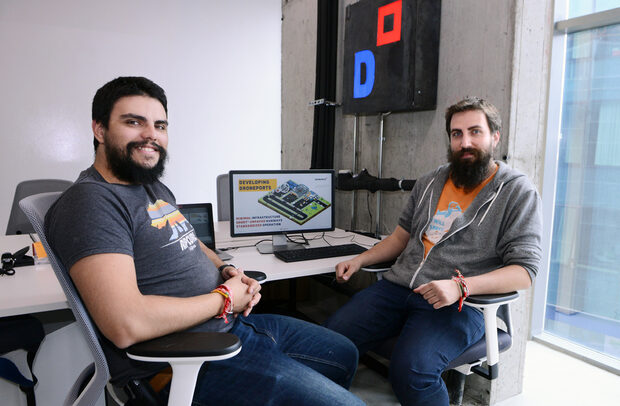After the rapid jump in revenues that metallurgical companies registered in 2021, growth slowed down last year. Most metals produced in Bulgaria preserved good price levels in 2022 but demand in some segments started to decline.
On the whole, the revenues of the 30 largest companies increased by an average of 22%, well below the 36% surge reported the year before. Only a few exceptions accelerated their growth while several saw a drop in turnover. Profits edged down a little and margins shrank to 8.5% from 10% in 2021.
Copper leaders
For a third consecutive year copper producer Aurubis Bulgaria topped the Capital 100 ranking of the largest companies in Bulgaria, reporting revenues of 8.2 billion levs (about 4.1 billion euro). The result is 24% higher compared to 2021 thanks to the high price of sulfuric acid, a major by-product, as well as the big output volumes, as the plant operated without interruption. In 2023 however production was temporarily suspended for planned maintenance at the Pirdop site, which is expected to affect results.
Copper product maker Sofia Med also saw healthy demand. "The market situation was good and metal prices also helped," CFO Sergey Vlaykov commented. The company managed to transfer the higher prices of raw materials and energy down the added value chain, so inflation did not affect its profit margin. The first half of 2023 was also good but the first signs of a market cool-down could be seen about the middle of the year. The company is closely monitoring the process of rising interest rates that started at the end of 2022.
Sark Bulgaria (10th in the sector ranking) increased its revenue by nearly 64% in the third year of its operation. Owned by Turkey's Sarkuysan, the company started production of electrolytic copper and cables in the city of Shumen in 2019.
Uncertainty about steel
Steel production in Bulgaria slightly decreased in 2022, according to data of the Bulgarian Association of the Metallurgical Industry (BAMI). Pernik-based Stomana Industry increased its revenue by 30% but that was half the growth rate registered in 2021.
"It was a good year on the whole, as consumption surged after Covid-19 and price levels were good," said Anton Petrov, member of BAMI management board and Stomana Industry board of directors. In his words however that is just a good memory now. "Other factors are at play at the moment and they are quite fundamental: the war in Ukraine, the growing protectionism everywhere in the world, the carbon footprint and the prices of energy. Regretfully, these factors affect demand, leading to a drop in production and short-term fluctuations on the market," he added. Therefore the projections for 2023 are less optimistic.
The war in Ukraine is behind the weaker results of the other steel producer in Bulgaria, Promet Steel based near the city of Burgas. The company is owned by Ukraine's Metinvest, whose plants in the eastern part of the country were affected by the Russian invasion. Complicated transportation hampered the supply of raw materials from Ukraine and processing volumes in the Bulgarian plant decreased. In 2022 Promet Steel operated at 77.8% of capacity and output declined by 20%. Although revenue went up by more than 22%, that was well below the two-fold growth reported in 2021. Promet Steel is the only company in the sector to report a loss in 2022.
Hard times for lead and zinc
Lead and zinc producer KCM in the city of Plovdiv is one of the few companies in the sector to accelerate its revenue growth in 2022, with sales exceeding 900 million levs. Output remained at the 2021 level of some 150,000 tonnes for the two metals but zinc prices were higher (+15.7%). Lead prices remained steady at some 2,100 to 2,200 dollars/tonne.
That said, the past few years have not been easy for the sector. "After Covid-19 and the energy crisis, in 2023 demand has weakened globally, which inevitably affects the our output. Since the beginning of the year zinc prices have fallen by 30%. Industrial production in Europe is facing serious challenges and innovative methods are required on the part of both businesses and governments to remain competitive," KCM CEO Ivan Dobrev commented.
In late 2019, KCM announced a large-scale investment program for the construction of a new lead refinery and a zinc electrolysis facility but later shelved it due to inflation and is now implementing only parts of it. "In a period of political instability and uncertain market situation concerning energy we are unable to carry out large investment projects," Dobrev explained and added KCM would focus on circular economy solutions.

Weaker demand for aluminum
Shumen-based aluminum product manufacturer Alcomet reported a historically high profit in 2022. Revenue also increased considerably (+37.2%), though growth slowed down. The main driver were higher aluminum prices, while sale volumes decreased due to shrunken demand from key sectors like construction, machine building and the automotive industry. Lower consumer purchasing power and income insecurity affected demand for household foil, which is the plant's main rolling product. The good exception was the segment of special profiles, where demand was driven by the brisk construction of solar installations. The company expects sale volumes to shrink in 2023 too.
Precious growth
The strongest growth last year was posted by Bulgaria's only private mint, Bulmint One. In 2022 its revenue surged by 65% to 224.4 million levs. The company manufactures gold and silver investment products, coins and medals, as well as blanks that are sold to mints and large business customers. Interest in such products has been rising due to high inflation and low interest rates. "The increase in revenue is the result of our international expansion and growing client base in the United States," Bulmint One said.
Further expansion this year is expected to result in a close to a 7-fold surge in revenue. "Sales are projected to reach 1.5 billion levs," the company added. Spotting market potential, Bulmint One is currently increasing its production capacity by building a refinery for precious metals to close the cycle.
Technological mining
Copper miner Asarel-Medet is one of the few companies that boosted their growth in 2022, with its revenue coming at nearly 700 million levs. The slight drop in profit somewhat worsened its margin, though it remained in the high range typical for the mining industry.
"Our net revenue increased by 13% in 2022, which was due to our good production results and the high technological indicators we achieved last year, including in ore processing and the extraction of the metal component. The rise also reflected the good market conditions," CEO Nikolay Peltekov commented. The company processes ores that are poor in copper content (0.27%), which requires investment in innovation and digital solutions.
In 2023 Asarel-Medet also expects a rise in sales. "We are cautiously optimistic, because we have seen rapid jumps and slumps in international metal prices before," he added.
Gold mines
Gold and copper mining company Dundee Precious Metals Chelopech increased its revenue growth to nearly 10% last year but its sister gold producer Dundee Precious Metals Krumovgrad reported a 21% drop due to mining in lower grade zones. The aggregate turnover of the two businesses, both owned by Canada's DPM, was a touch below 890 million levs.
In 2023 gold production is expected to decrease a little at Chelopech but rise considerably at Ada Tepe, near Krumovgrad. In January DPM announced an updated life of mine plan for Ada Tepe, which included an increase of approximately 66,000 ounces of gold over the previous plan.
Despite the generally good results of mining and metallurgical companies in 2022, they are cautious in their projections for 2023. The status of the sector depends mainly on market demand and a cool-down may affect their production and revenues.
After the rapid jump in revenues that metallurgical companies registered in 2021, growth slowed down last year. Most metals produced in Bulgaria preserved good price levels in 2022 but demand in some segments started to decline.
On the whole, the revenues of the 30 largest companies increased by an average of 22%, well below the 36% surge reported the year before. Only a few exceptions accelerated their growth while several saw a drop in turnover. Profits edged down a little and margins shrank to 8.5% from 10% in 2021.












